13 July 2023 Thursday
Sunny
Top of 29
After breakfast we drove the 20km road of Zao Echo Line, on prefectural road 12 to the top of Katta-dake to pay respects to the Kattamine Shrine Hongu and view the crater, called Okama (‘the honorary Cauldron’). There were high winds, and by the time we reached the Daikokuten at 1450 meters with 308 more meters to reach the top, clouds were forming, which turned to heavy fog by the time we arrived at the toll gates of the Zao High Line.
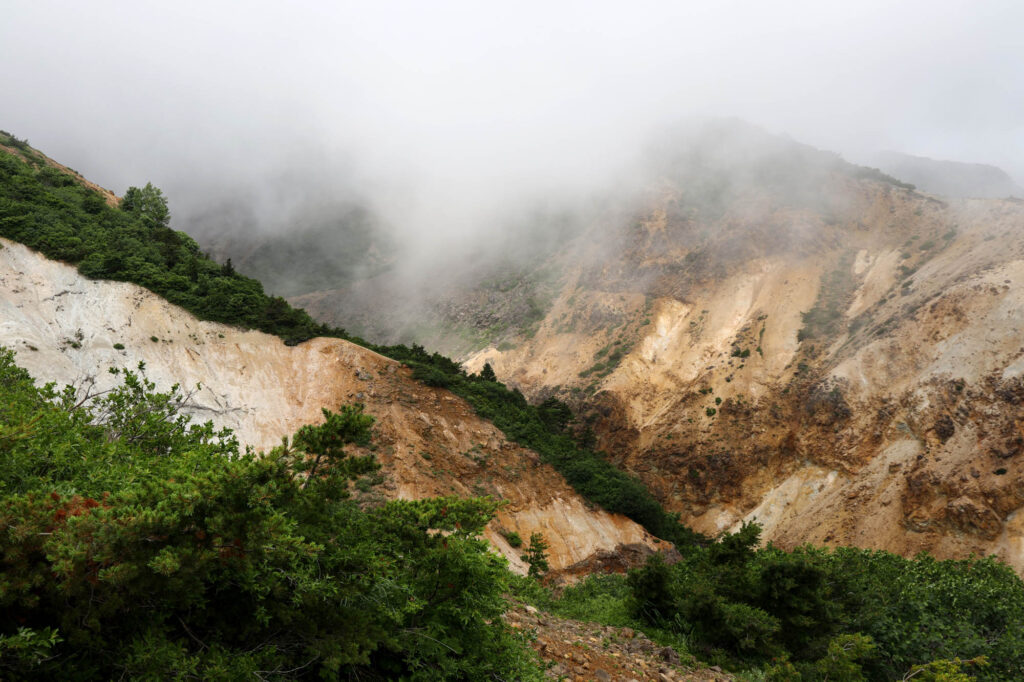
View from Daikokuten. Photo by Mayu Kanamori
The man at the toll gates asked if it was ok (for us to pay), considering the bad weather. We paid our 500 yen and took our chances. We got as far as the Zao Sancho Rest House but decided not to walk to the shrine and crater because of the cold strong wind; we would return on a better day.
On the way back we paid respects at Zao-dera temple, which included mizuko jizo for deceased children and babies, born and unborn, the war dead from Natori, Iwanuma and Sumida cities, a resting place for those without families to bury them in a family grave, and for the seven high school students and two teachers from Sendai, who froze to death because of a sudden snow storm whilst on a school hiking trip in October of 1918.
There were also protecting jizo for a long and healthy life untouched by disasters, jizo who take away the sufferings of life, and twelve different bodhisattvas of protection, one for each animal on the Chinese zodiac; also, a statue of Lord Enma, who judges the wrong doings of people during their lifetime.

Mizuko jizo at Zao-dera temple. Photo by Martin Edmond
After returning to Togatta, we bought bread for lunch at the bakery run by Klaus Christian (Chris) in the Zao Patio complex. Chris is originally from Munich, and lived in Christchurch, New Zealand for a decade before the earthquake, then in Fukuoka, then back in Christchurch, and now in Togatta for the last three years.
In the same Zao Patio complex, we bought an antique fan from Watanabe-san at E-link for 3000 yen, and he gave us the two poems he wrote for our residency project.
We spent the rest of the afternoon at our respective desks, writing and researching. At 3 pm, Satoh-san’s wife, Satoh Kyoko (46) came with two custard puddings made with local ingredients from Zaodo. Satoh Kyoko-san makes jewellery using kokeshi and works as a caretaker for the local public hall.
We went to Kami-no-yu for an early bath, and at 7pm, we went to Satoh-san’s house, which is also a Taiwanese teahouse called Manyocha and a record company called Manyaocya Records. He prepared tempeh nasi goreng with homemade tempeh which he made with Intan. Other than Satoh-san, Intan, Martin and I, there were two other guests, Kinose Chiaki-san, who runs the Mori no Bijutsukan with organic fabric dying and weaving studio, arts and workshop space, agricultural resort and a book cafe on an old school site in Kawasaki-machi, and Satoh Masafumi-san, who is an organic farmer and philosopher involved with the Mori no Bijutsukan.
We turned off our lights at 9:30pm.
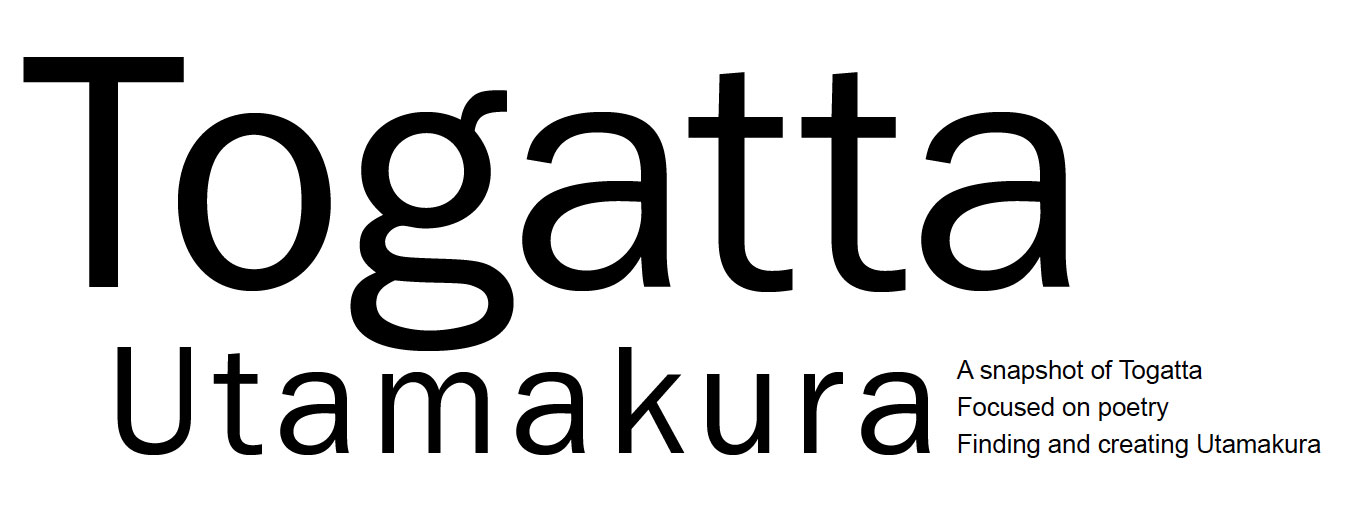
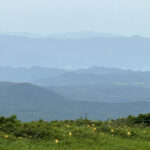

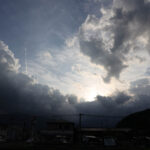
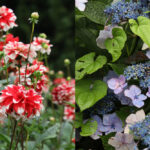


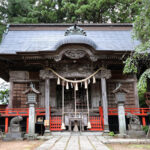
Recent Comments